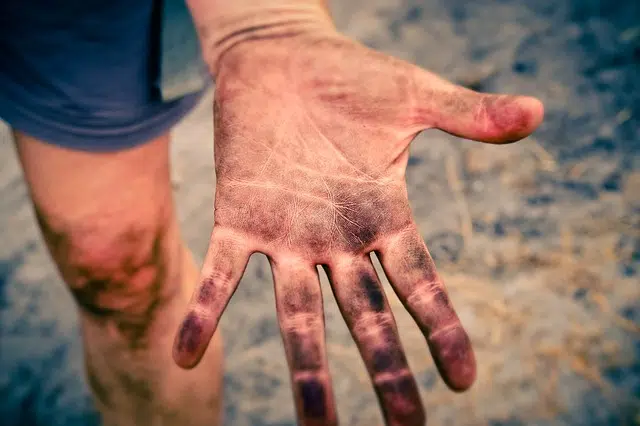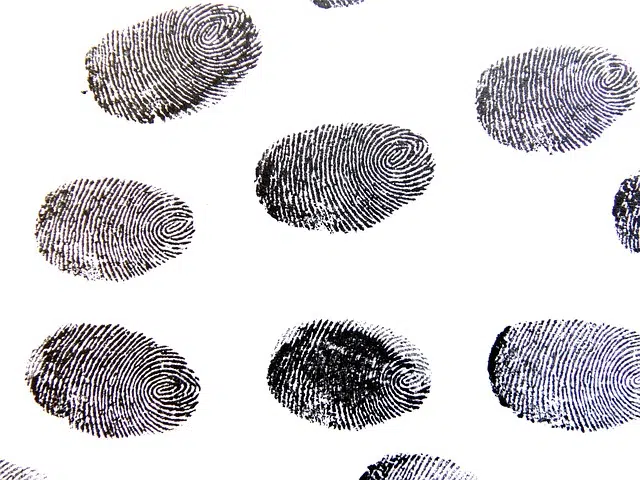
Chiroscopy studies the drawings that form on the epidermis.
The notion of chiroscopy is used in the field of criminology . This is what the analysis of the drawings of the palms of the hands for identification purposes is called.
Study of chirograms
These lines, known as chirograms , began to be studied scientifically at the beginning of the 20th century . The American Harris Hawthorne Wilder is considered one of the pioneers in this field, which took hold around the 1920s .
Storing and classifying chirograms can help investigators solve crimes and other crimes. For this, it is important that, at the scene of the incident, specialists carry out an inspection to detect the palm prints and then compare them with the files or with the lines of the possible suspects.
What chiroscopy does, in short, is study the epidermal ridges of the palms . Experts recognize six regions in each palm: in the center is the palmar depression , around which there are five prominences.
Two of the most important elements that chiroscopy recognizes in the palms are whorls and loops . From them, various groupings can be established that make it possible to create the palm print file .
Epidermal ridges
Also known as papillary ridges , they are those reliefs that can be seen in different parts of our body in the form of drawings. Thanks to the presence of depressions, spaces or fissures called papillary grooves , the ridges are well defined. It is possible to draw an analogy with a plowed field: the ridge of the land being plowed is equivalent to the ridge, and the plow furrows to the papillaries.
The back of the epidermal ridge has a rounded shape and exhibits a large number of pores, through which sweat can escape. Let's not forget that in our skin we can distinguish the dermis from the epidermis, the second being the most superficial. In the first there are, in turn, two extracts: one subcutaneous and one papillary (also known as internal and external ). In the latter are the dermal papillae, which are the origin of the ridges, and in fact the arrangement of the former has a direct impact on that of the latter.
Precisely, the dermal papillae have an outward projection, and it is there where they form the reliefs that we call "ridges." It should be noted that chiroscopy indicates that these appear more frequently in the parts of the body that rub the most.
Chirogram regions
In the palm of the hand we find the following three regions: hypothenar, superior and thenar . Chiroscopy has sufficient theoretical basis to analyze these three, although in practice they do not usually appear all in the same criminal scene. In fact, the former is the most common, and the latter is extremely rare.
The hypothenar region is located between the ulnar edge and the center of the hand. Since it is the most found in inspections, it has important value in the investigative field. The thenar is the one that borders the thumb and other subregions are found in it: anucleate, looped, double looped and verticillary. The upper one is at the top of the palm and only exhibits looped and anucleated patterns.

Fingerprinting is much more used than chiroscopy.
Fingerprint and pelmatoscopy
Beyond the value of chiroscopy, this technique has been relegated by dactyloscopy : the examination of fingerprints. That is why it is more common for fingerprints to be analyzed instead of palm prints.
Foot prints are also studied ( pelmatoscopy ). All these fields of knowledge (chiroscopy, fingerprinting and pelmatoscopy) are part of lophoscopy .
